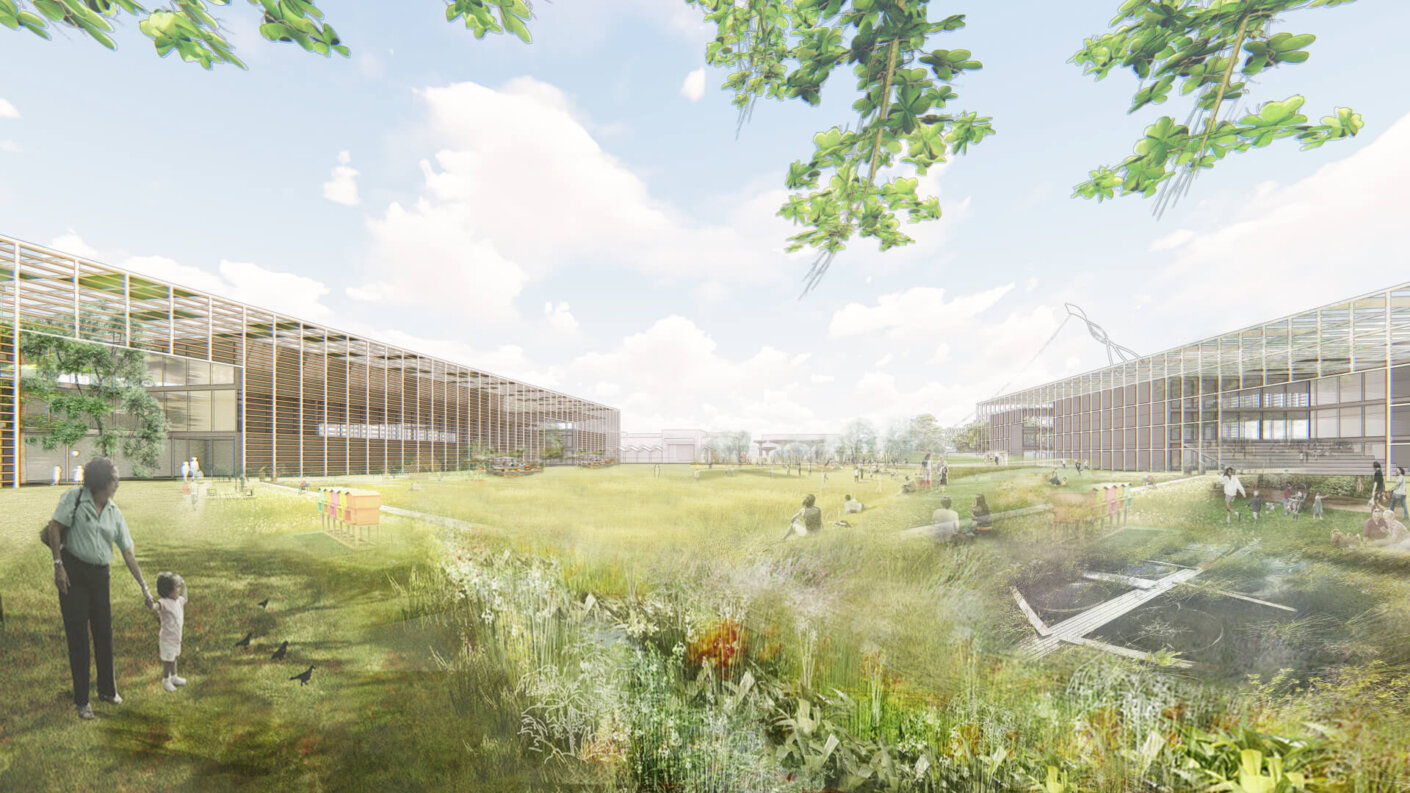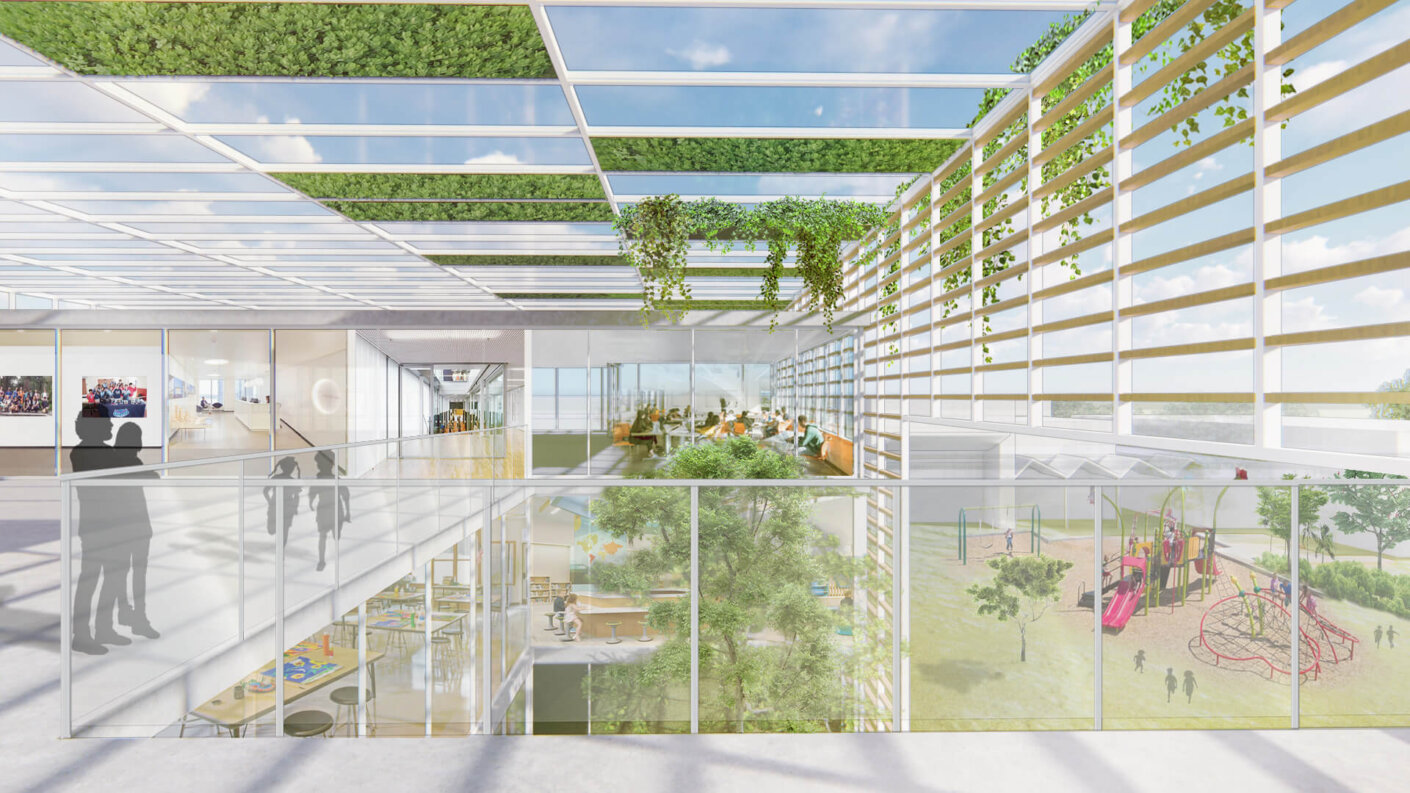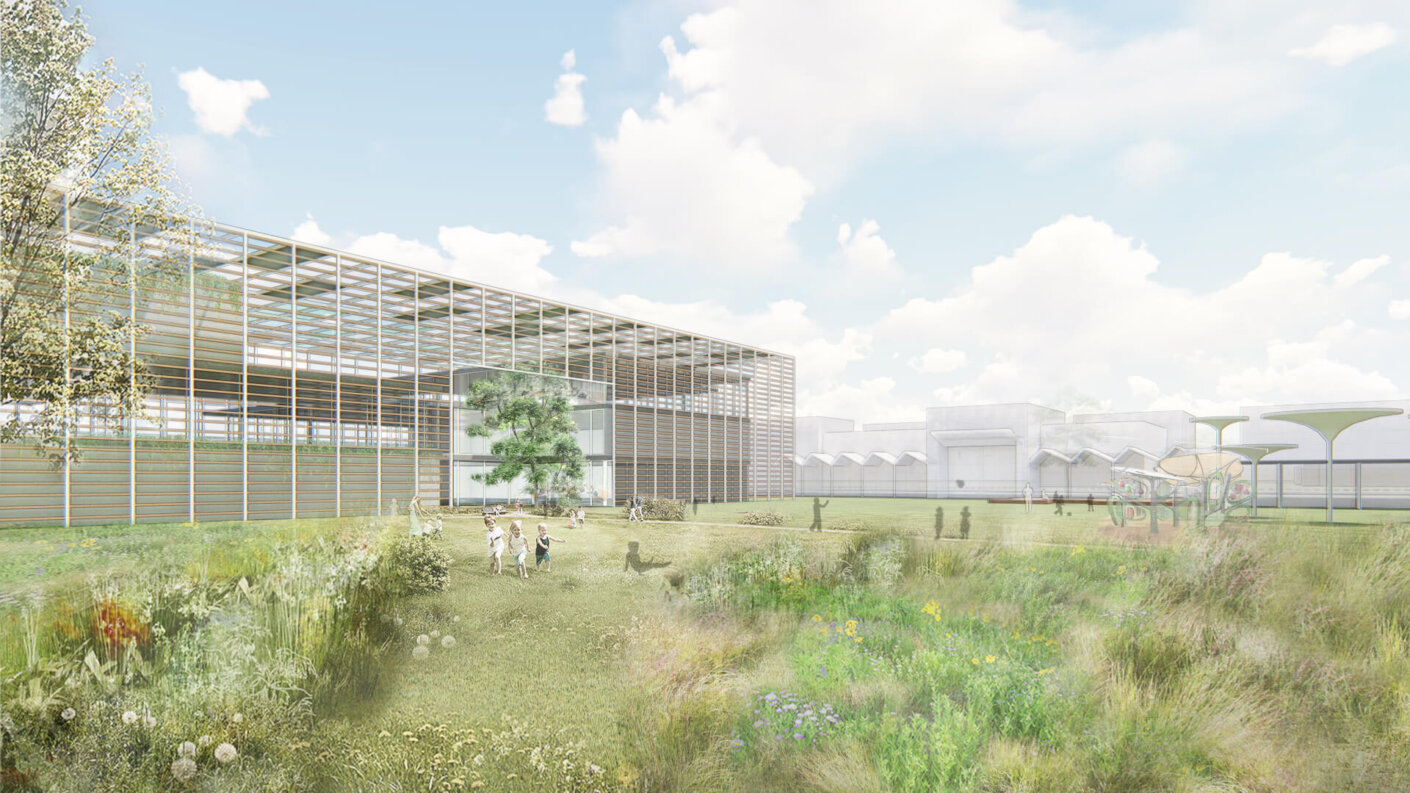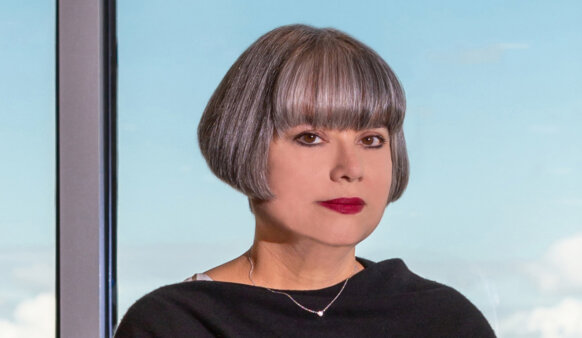When it rains, look for rainbows. When it is dark, look for stars.—Dr. Seuss
Millennials use basic as an insult. It means unimaginative, unaware, inauthentic. Vanilla. It’s a good insult—and works as a design critique as well. Monotone, one-thought-fits-all design is basic.
While we’re struggling to get our bearings right now, it might be tempting to fall back on an approach that has reliably served for projects and clients in the past. But this is a time for thinking forward, not falling back. We’re in a perfect storm of historic, social, economic, and environmental crises. But this situation is not calling out to be played safe. The storm should be a provocation, so I have a provocative idea: Avoid basic with the basics.
As in, the fundamentals, the things we learned first in school. Like the usefulness of warm cookies and milk. Like Dr. Seuss: “When it is dark, look for stars.”




